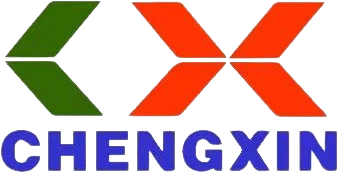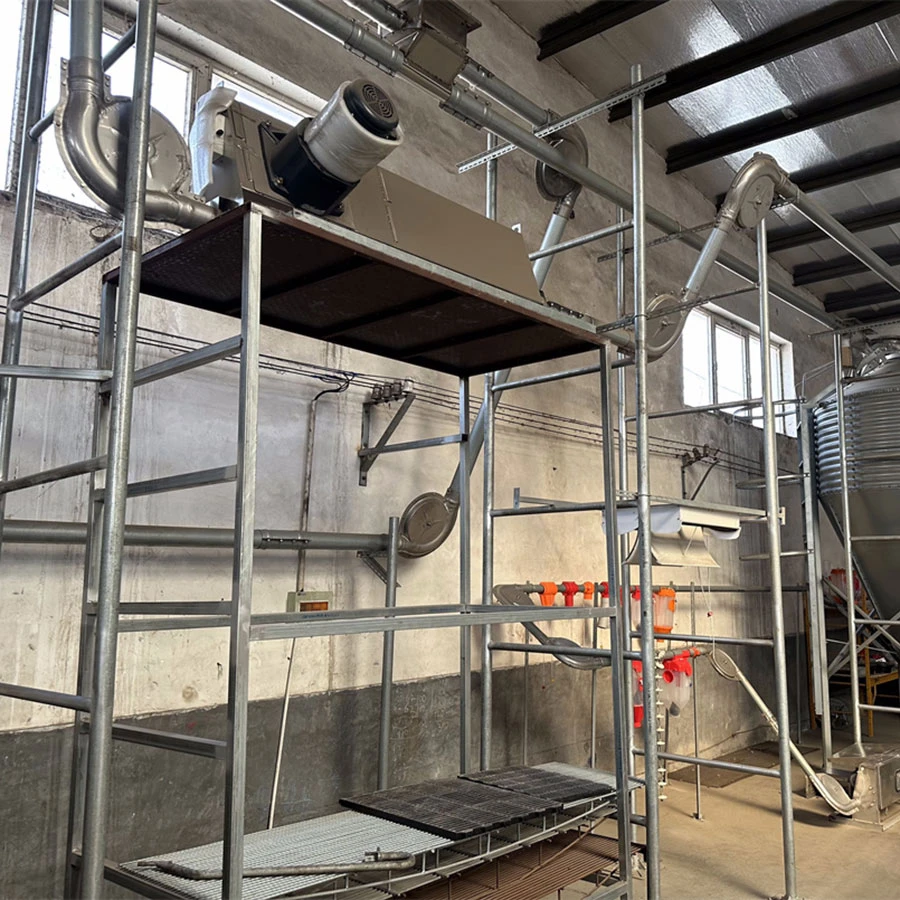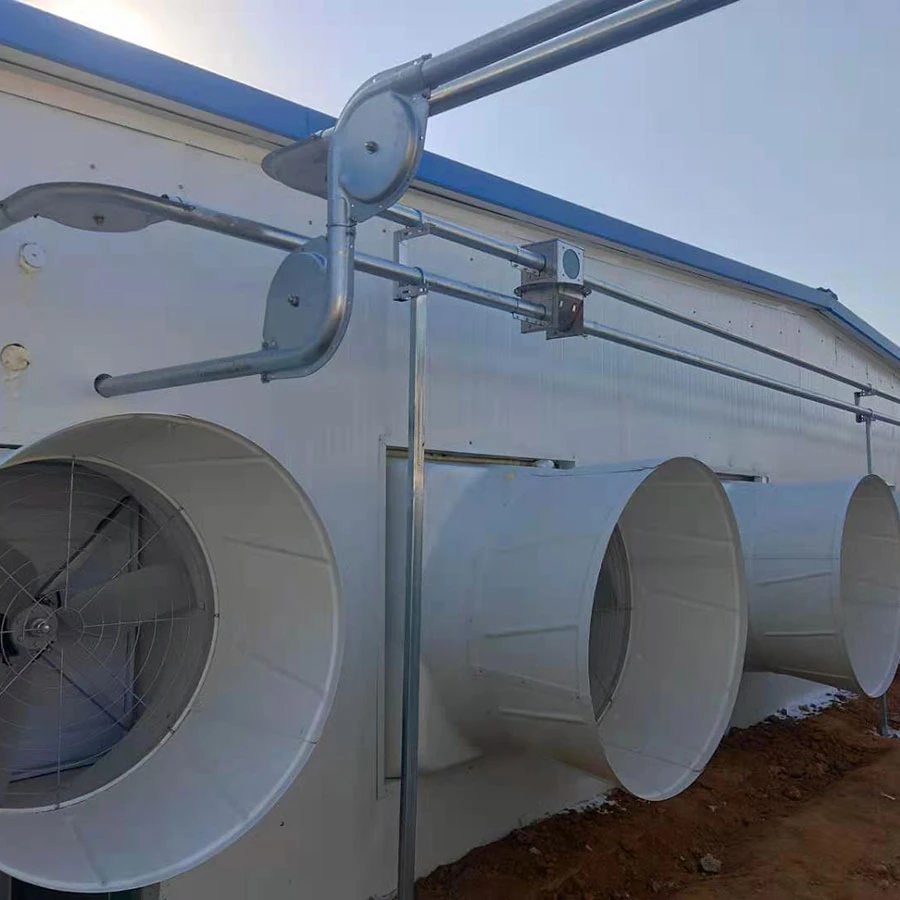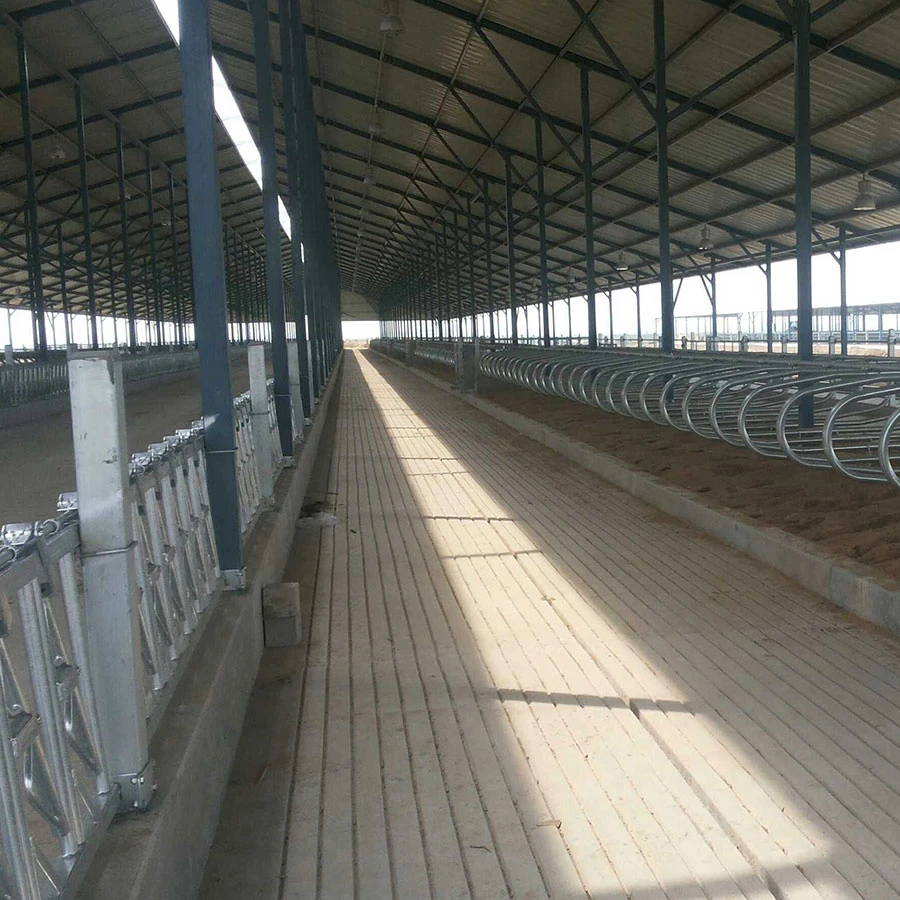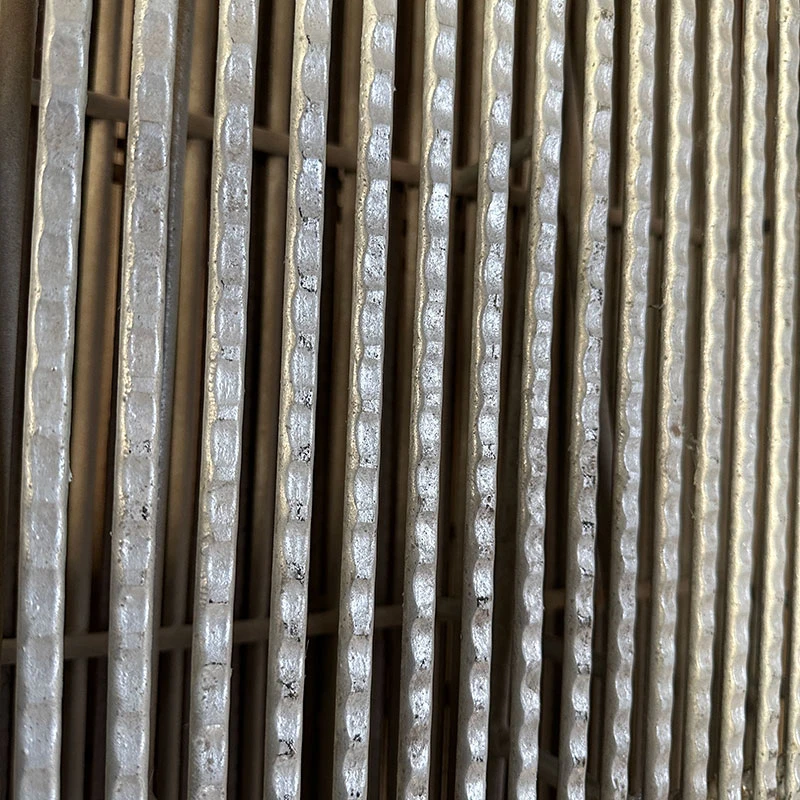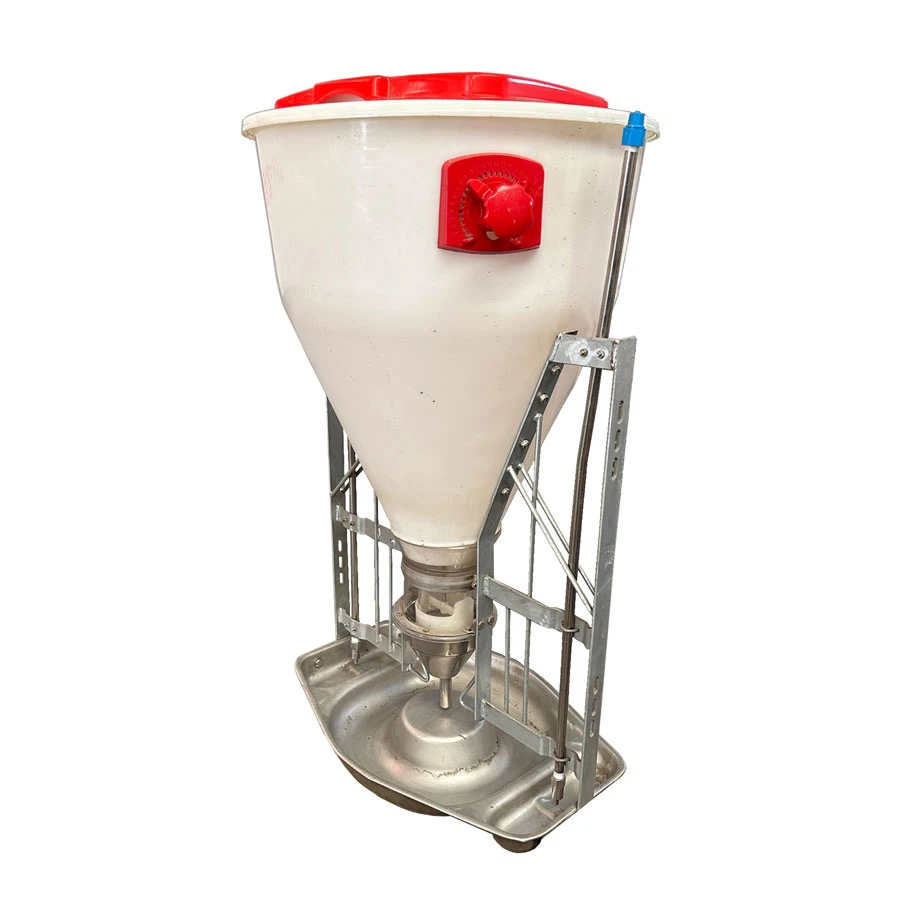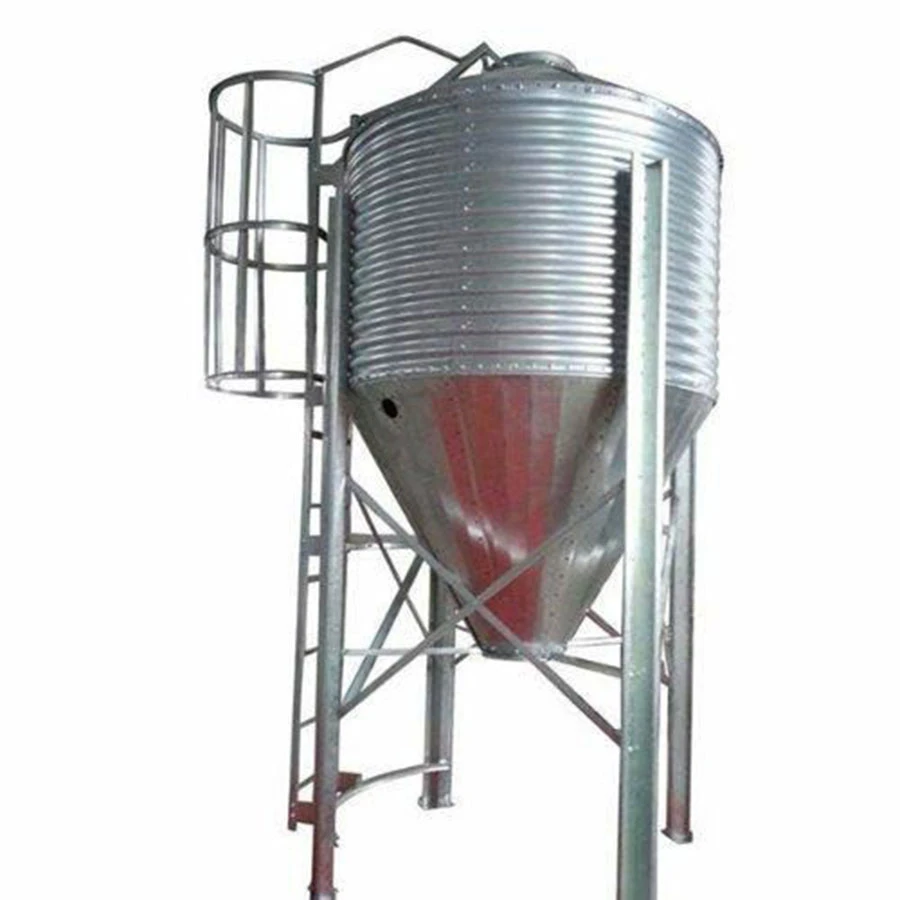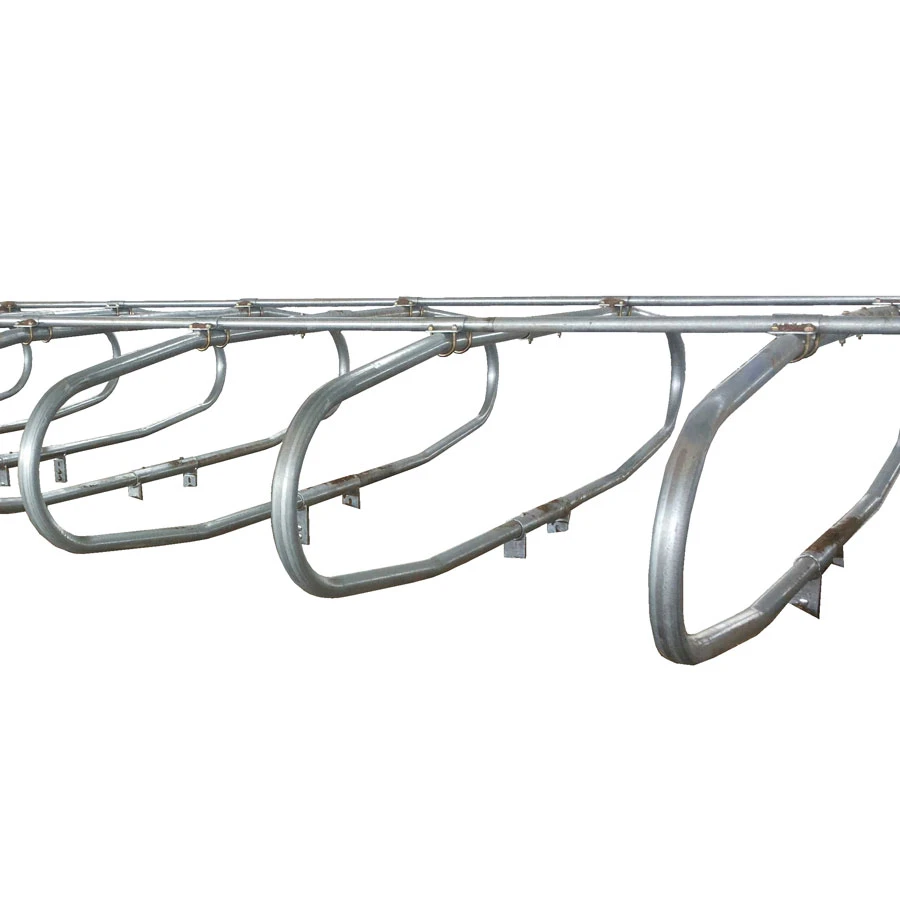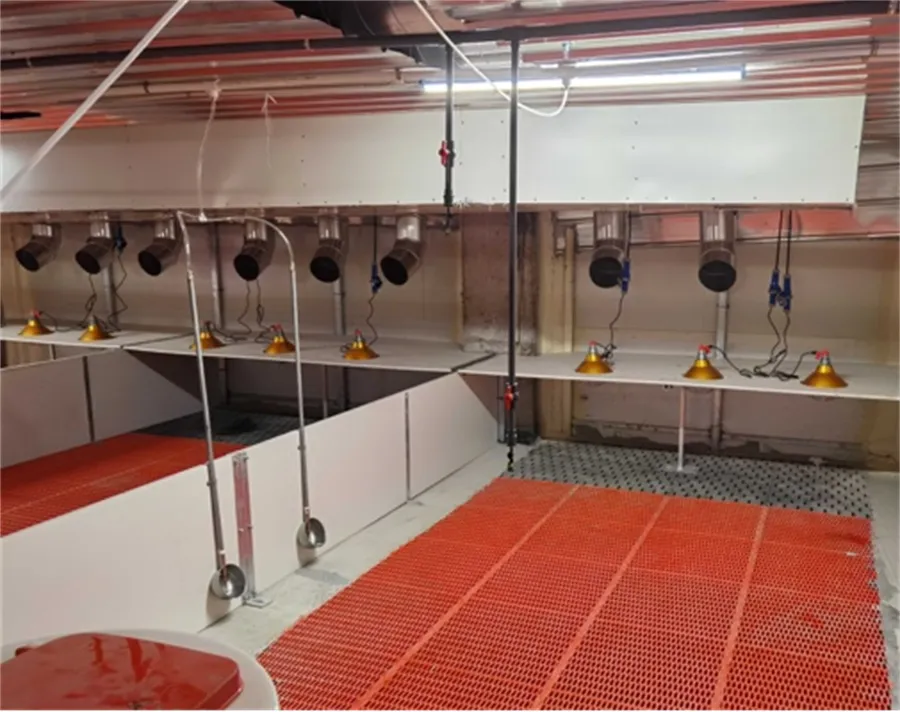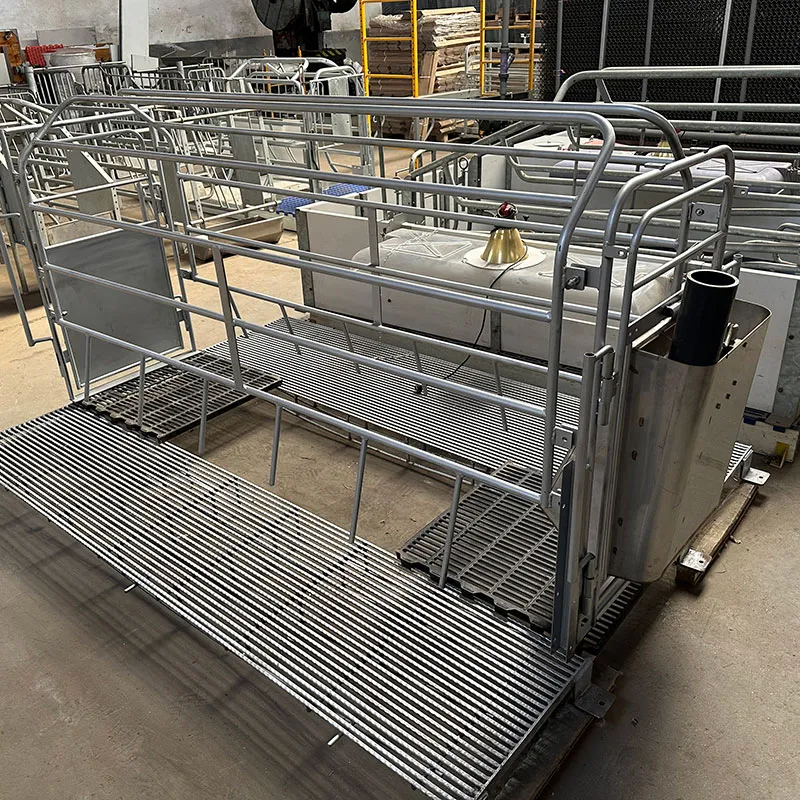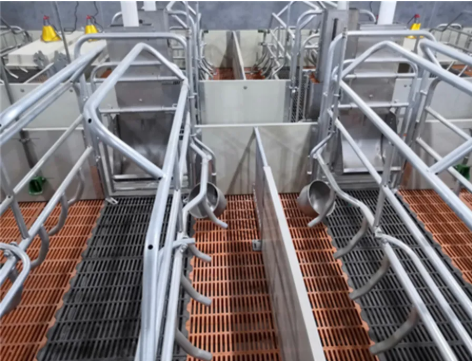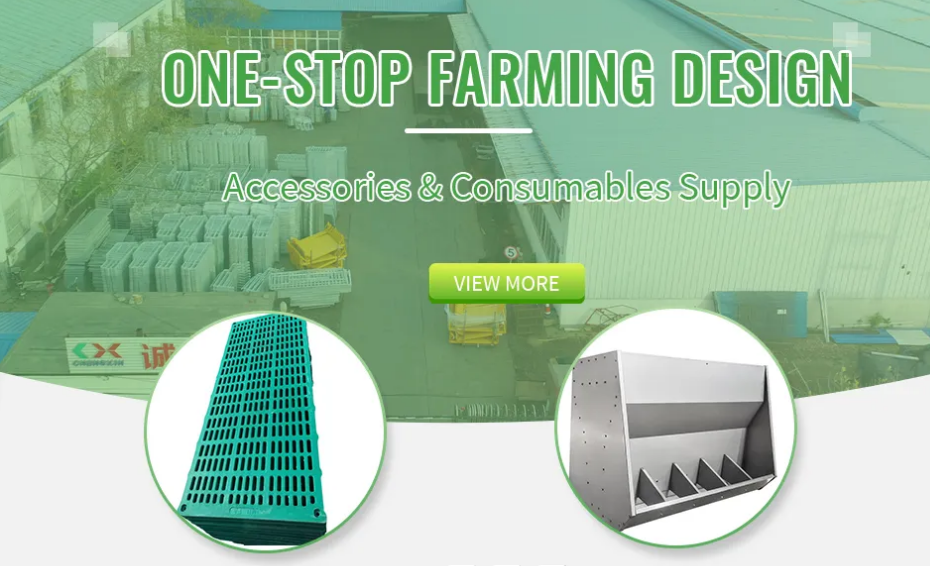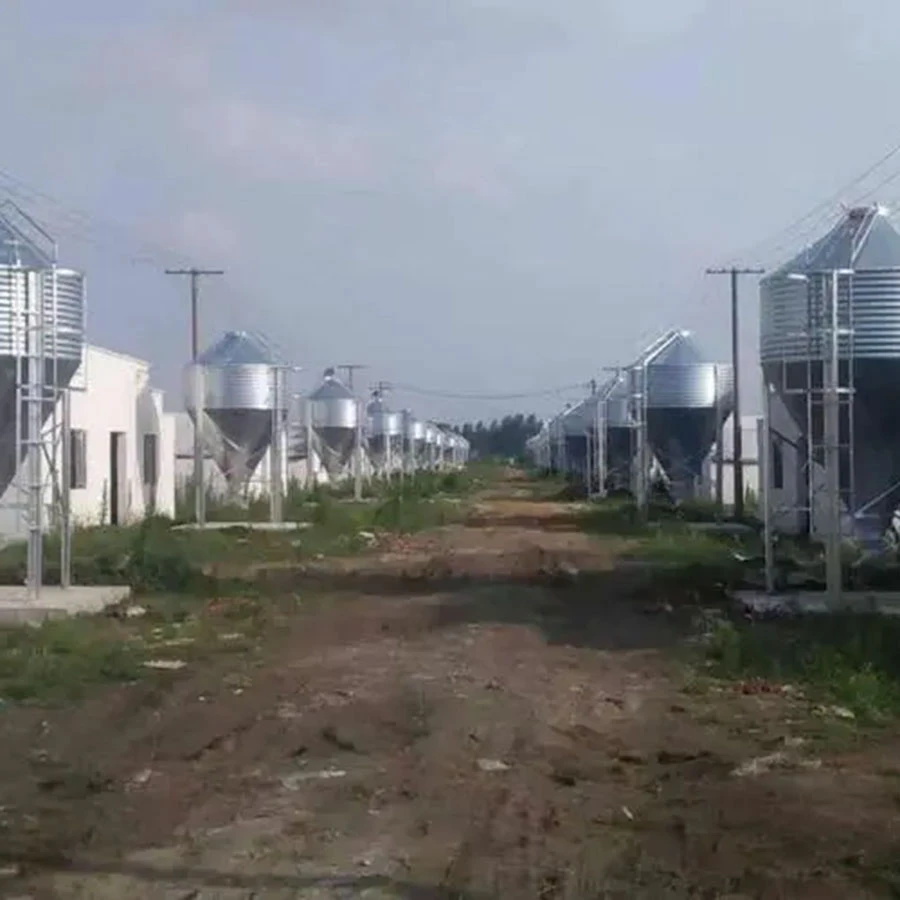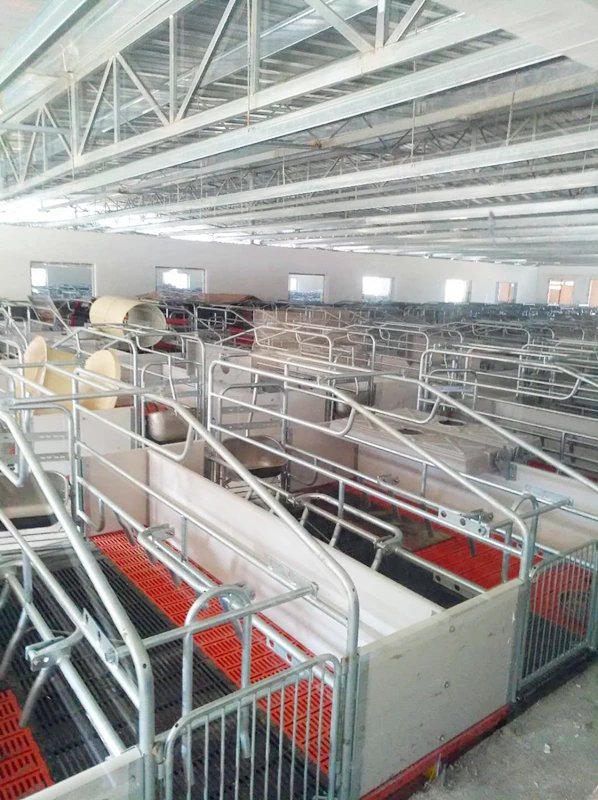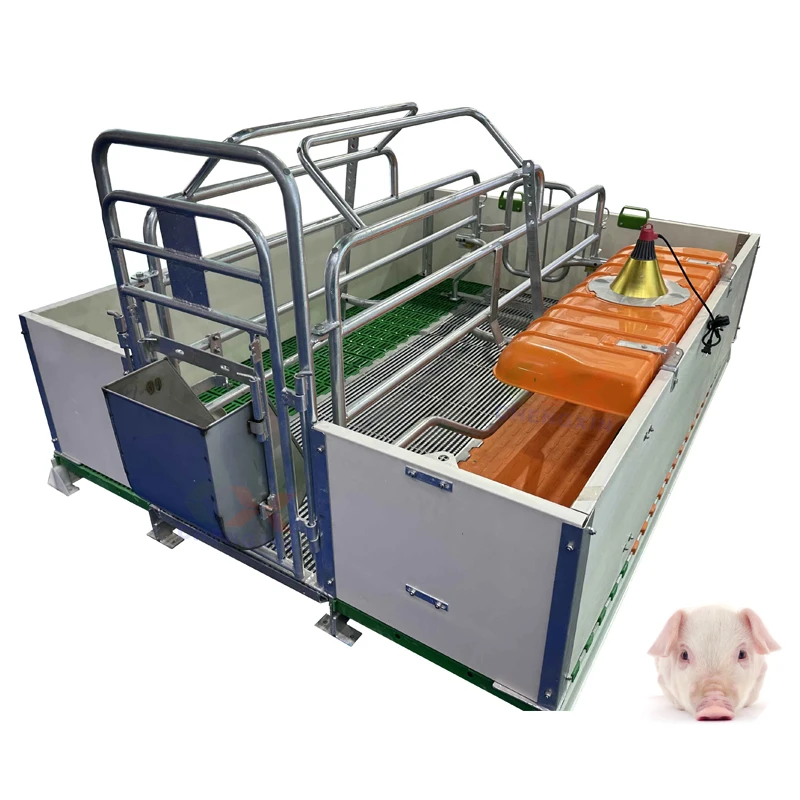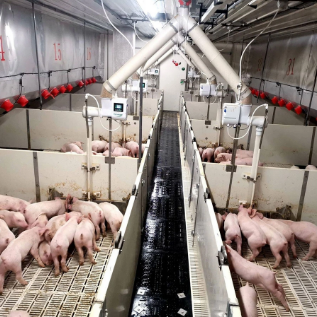As the global livestock industry evolves toward higher efficiency and better animal welfare, the demand for specialized pig housing systems has never been greater. Among these, farrowing cages, farrowing house for pigs, farrowing stall, and sow crate stand out as indispensable equipment for modern swine operations. Their role in ensuring sow comfort, piglet safety, and operational productivity makes them essential to any successful pig farming enterprise.
Modern farrowing systems are designed not only for containment but also for enhancing reproductive performance and minimizing piglet mortality. As consumer expectations grow around both productivity and humane animal treatment, investing in the right farrowing setup offers both ethical and economic value.
Enhancing Piglet Survival and Sow Recovery with Farrowing Systems
A key challenge in pig farming is piglet mortality, especially during the farrowing and lactation period. An appropriately designed farrowing stall mitigates this issue by providing designated zones for sow resting, feeding, and piglet nursing. This spatial organization reduces the risk of piglets being crushed—a common hazard when sows lie down in unrestricted areas.
A high-quality sow crate incorporates robust weldments, anti-slip flooring, and integrated heating systems for piglets. The temperature control component is critical for newborns, who require a warm environment to thrive in their first few weeks. In parallel, the sow benefits from ample room to eat and rest, aiding in quicker energy recovery and milk production, thus supporting healthier litters.
Modern crates often utilize zinc-diffused coatings to combat corrosion and increase durability, ensuring long-term use with minimal maintenance. These features make advanced farrowing systems a cost-effective investment for both small-scale and industrial pig farms.
Operational Efficiency Through Strategic Housing Design
Efficient farm layout is crucial for smooth animal management and labor cost reduction. In this context, a well-structured farrowing house for pigs integrates multiple systems into a unified workflow—from sow entry and feeding to piglet weaning and crate cleaning.
The modular design of many farrowing cages facilitates better space utilization and allows for easy adaptation depending on herd size and breeding cycles. This flexibility is particularly advantageous for farms seeking to scale operations or rotate usage between batches of sows. Integrated waste management solutions within the housing structure also promote hygiene, reducing disease risks and ensuring compliance with biosecurity standards.
Additionally, user-friendly features such as adjustable sidebars, easy-access feeding troughs, and maintenance-friendly flooring help streamline farm routines, freeing up manpower for more critical tasks. Whether retrofitting an existing structure or planning a new facility, choosing the right equipment has a direct impact on daily workflow and overall profitability.
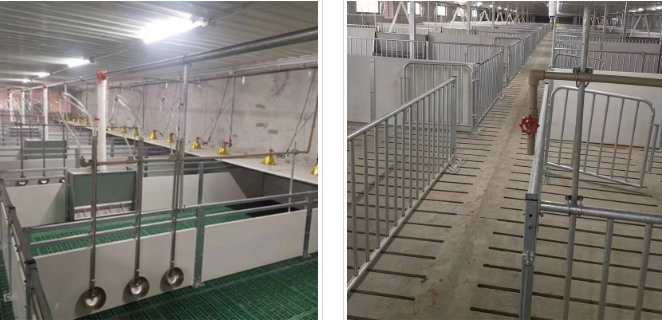
Promoting Animal Welfare Through Intelligent Crate Design
Animal welfare regulations continue to tighten worldwide, making it increasingly important for producers to adopt farrowing systems that align with ethical standards. Progressive models of farrowing stall and sow crate now emphasize sow mobility and psychological well-being while maintaining necessary confinement during the farrowing period.
Many crates offer adjustable widths and flexible components, allowing sows to stand, lie down, and feed comfortably. When paired with climate-controlled flooring and anti-slip surfaces, this fosters a stress-reduced environment conducive to healthy birthing. These welfare-oriented features not only improve sow comfort but can also lead to better reproductive performance and a lower incidence of postpartum complications.
Moreover, when combined with monitoring technologies such as automated temperature controls and health tracking devices, these systems offer a holistic approach to reproductive management. This level of care supports farm certification initiatives and positions the farm as a responsible and forward-thinking operation.
Customizable Solutions to Match Regional and Farm-Specific Needs
Different environments demand different specifications. Whether operating in a tropical, arid, or temperate climate, having a customizable farrowing house for pigs ensures that both the animals and the operators experience optimal conditions year-round.
Top-tier suppliers now offer OEM, ODM, and OBM services, allowing farms to select materials, finishes, and crate dimensions based on local needs. From galvanized steel to powder-coated frameworks, the materials used in farrowing cages can be tailored for maximum resistance to corrosion, temperature fluctuations, or high humidity.
Beyond the physical structures, consultation and layout design are becoming standard offerings. By factoring in farm layout, airflow, water supply, and manure management, manufacturers can deliver turnkey solutions that enhance animal health and farm efficiency from day one.
Farrowing Cages FAQs
What are the advantages of using a farrowing cage over an open pen?
A farrowing cage provides a structured environment that significantly reduces the risk of piglet crushing, a common cause of mortality in open pens. It also facilitates better hygiene, easier feeding, and safer access for farm workers, ultimately supporting better outcomes for both sows and piglets.
How does a sow crate improve animal health and productivity?
A well-designed sow crate ensures the sow has enough space to rest and feed while minimizing unnecessary movement during critical periods. This helps reduce stress, improves feed intake, and supports lactation, leading to healthier piglets and faster sow recovery.
What should I consider when selecting a farrowing house for pigs?
When choosing a farrowing house for pigs, consider ventilation, drainage, climate control, and ease of sanitation. The building should allow for efficient workflow, provide thermal comfort, and support biosecurity protocols to minimize disease transmission risks.
Can farrowing stalls be adjusted for sow size?
Yes, many modern farrowing stall designs feature adjustable sidebars and flexible frame configurations to accommodate sows of varying sizes. This adaptability ensures sow comfort and reduces the chance of injuries or discomfort during the farrowing process.
What is the typical lifespan of a quality farrowing system?
With high-quality materials such as galvanized or zinc-coated steel, and proper maintenance, farrowing systems can last over 10 years. Choosing durable components and reputable manufacturers ensures long-term reliability and return on investment.
Post time: Jul . 31, 2025
